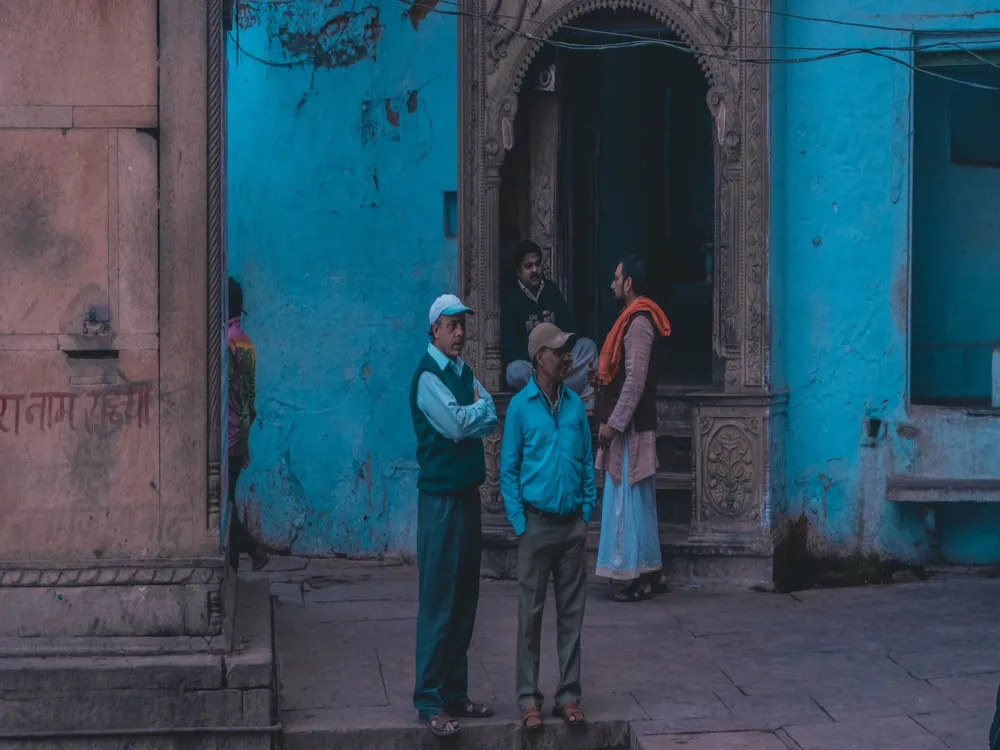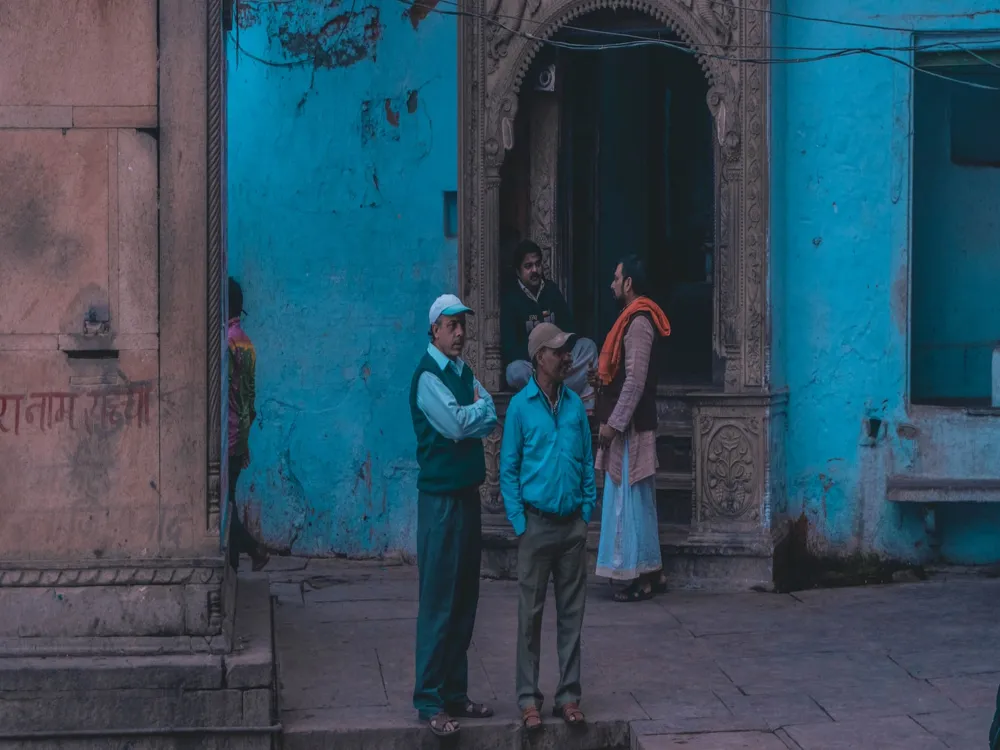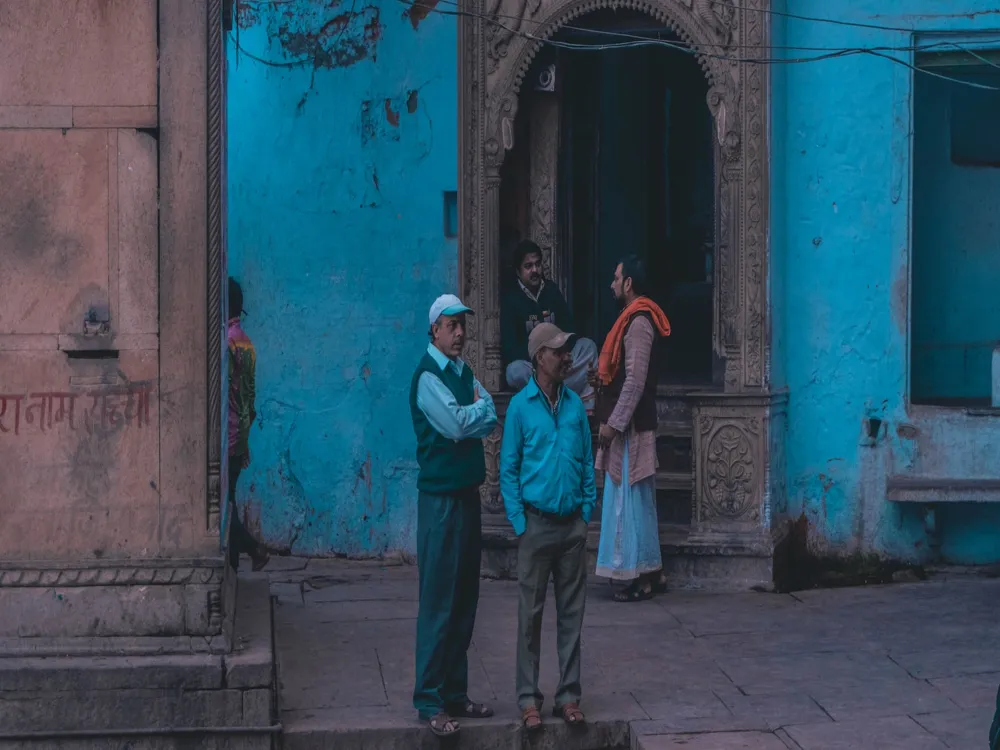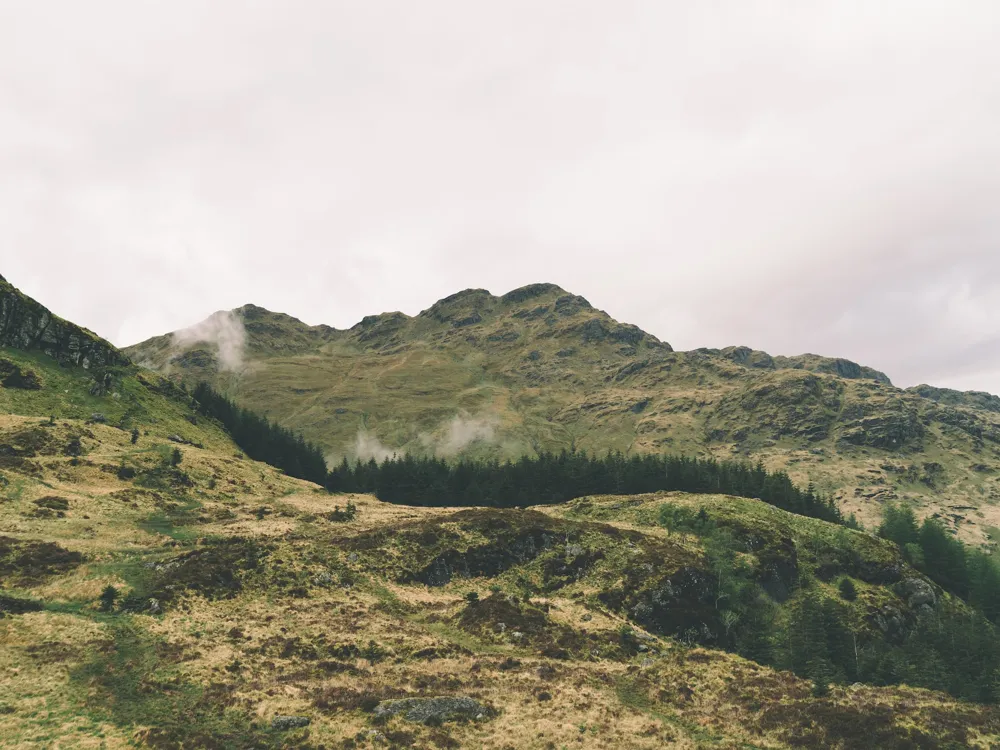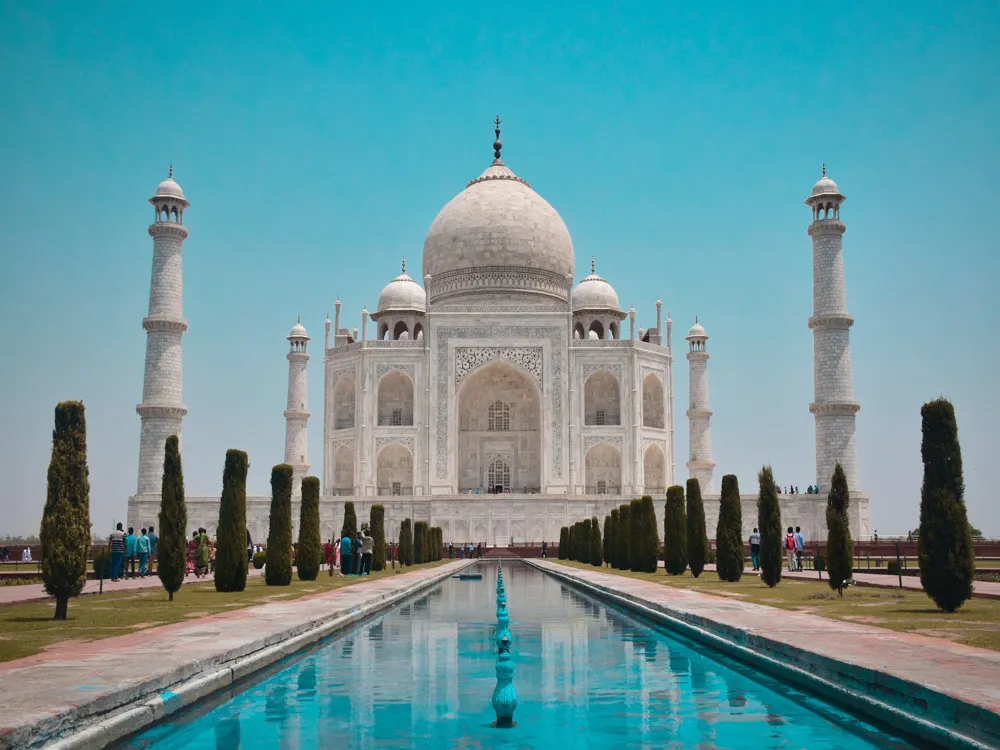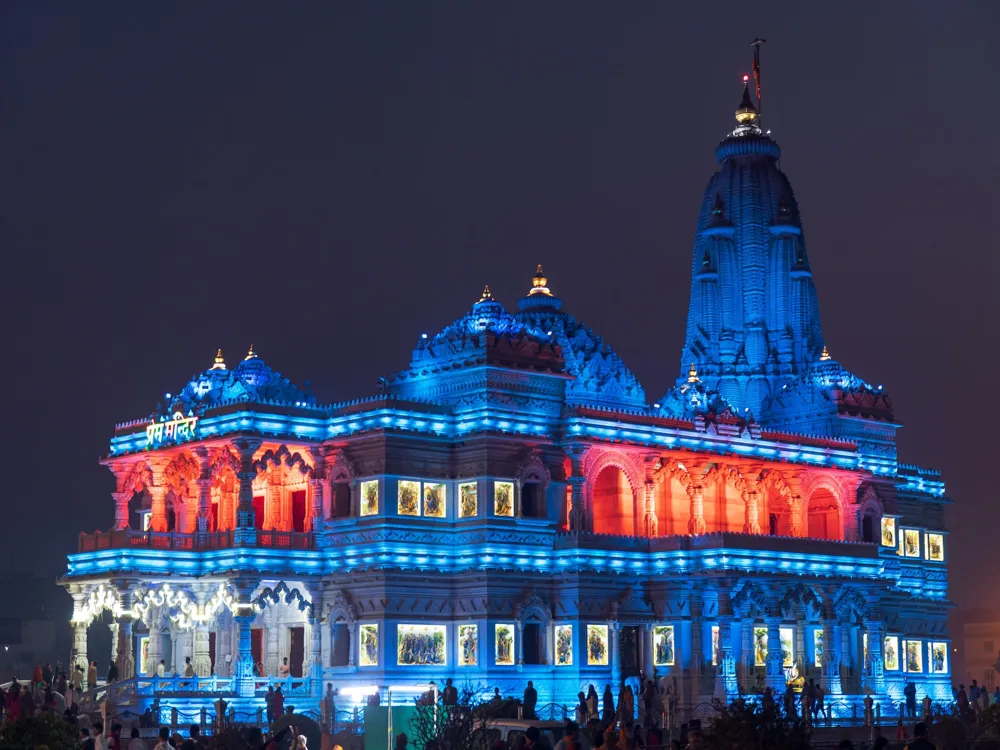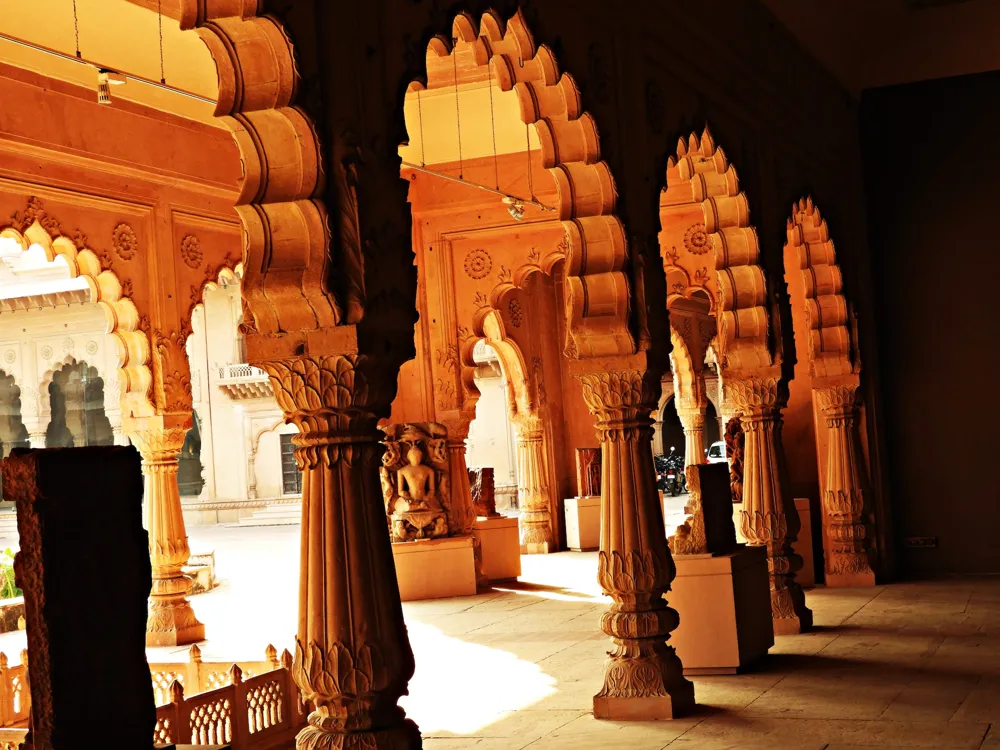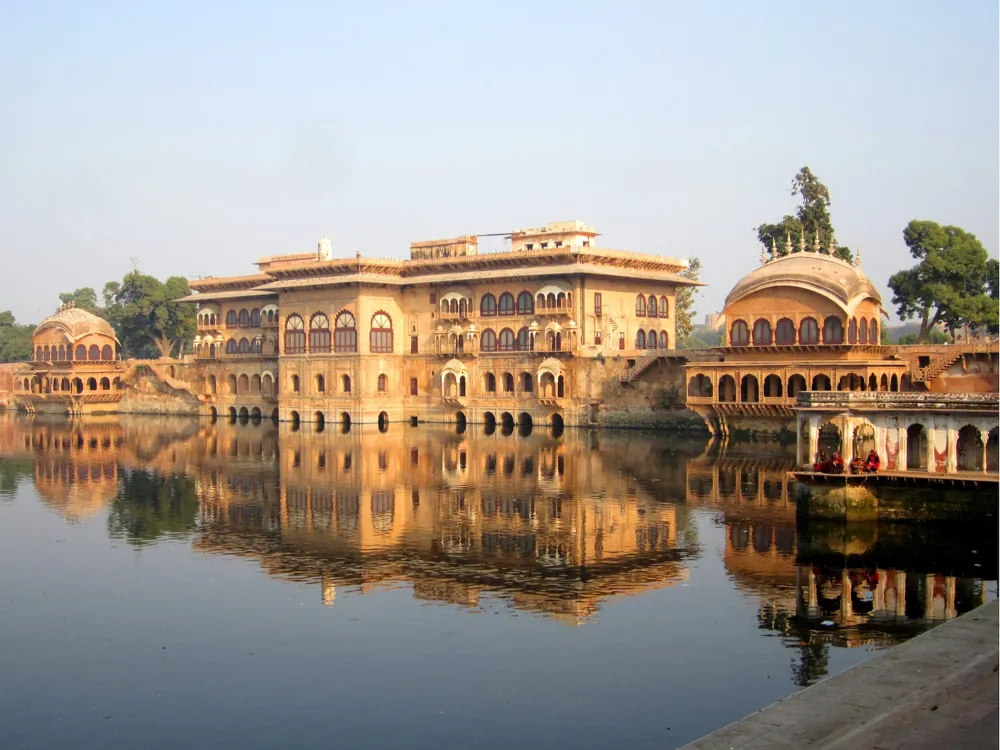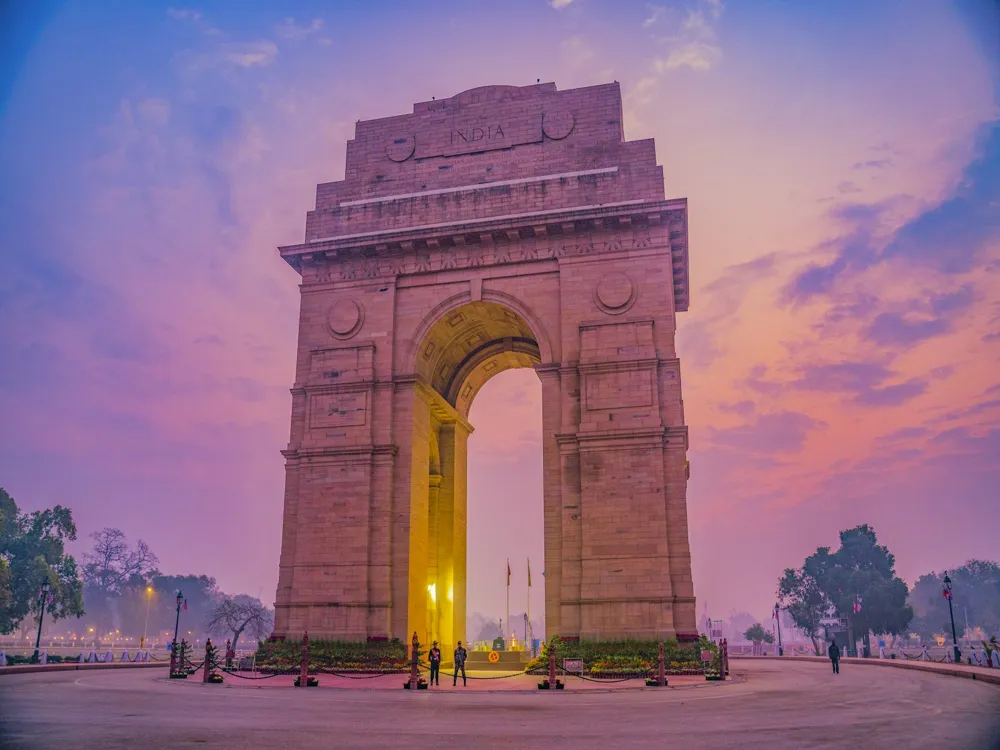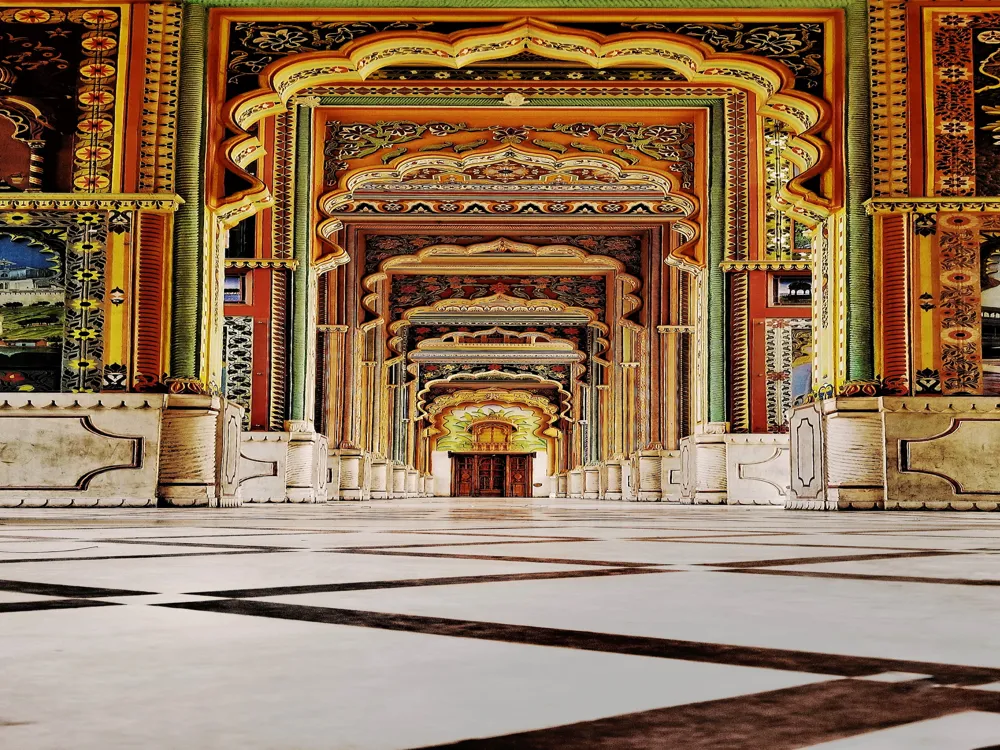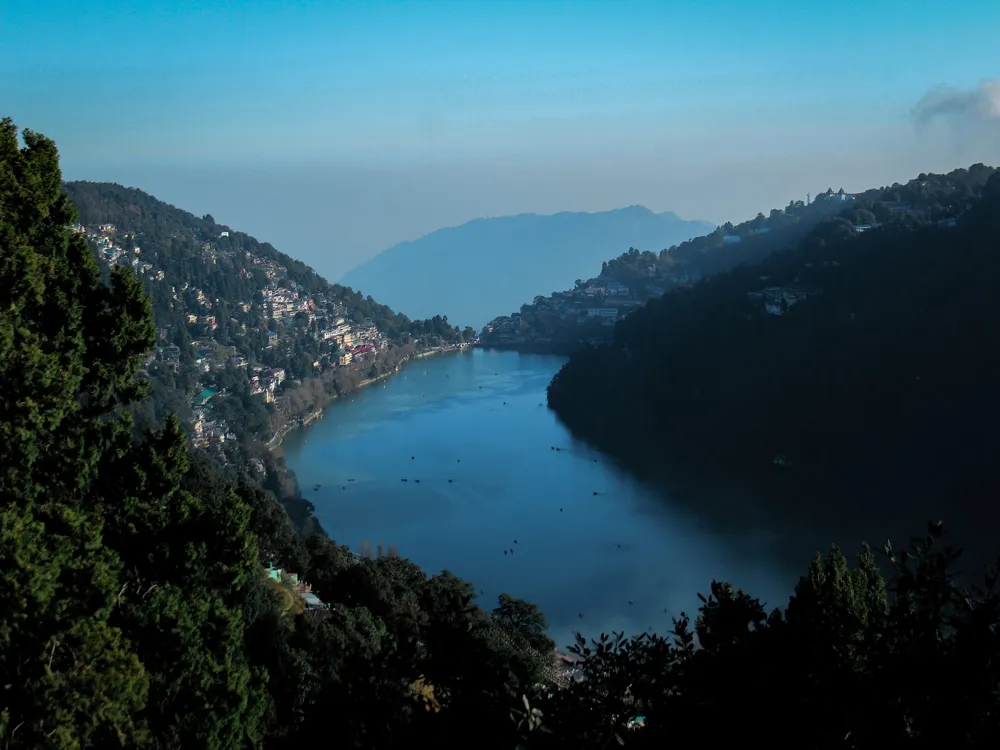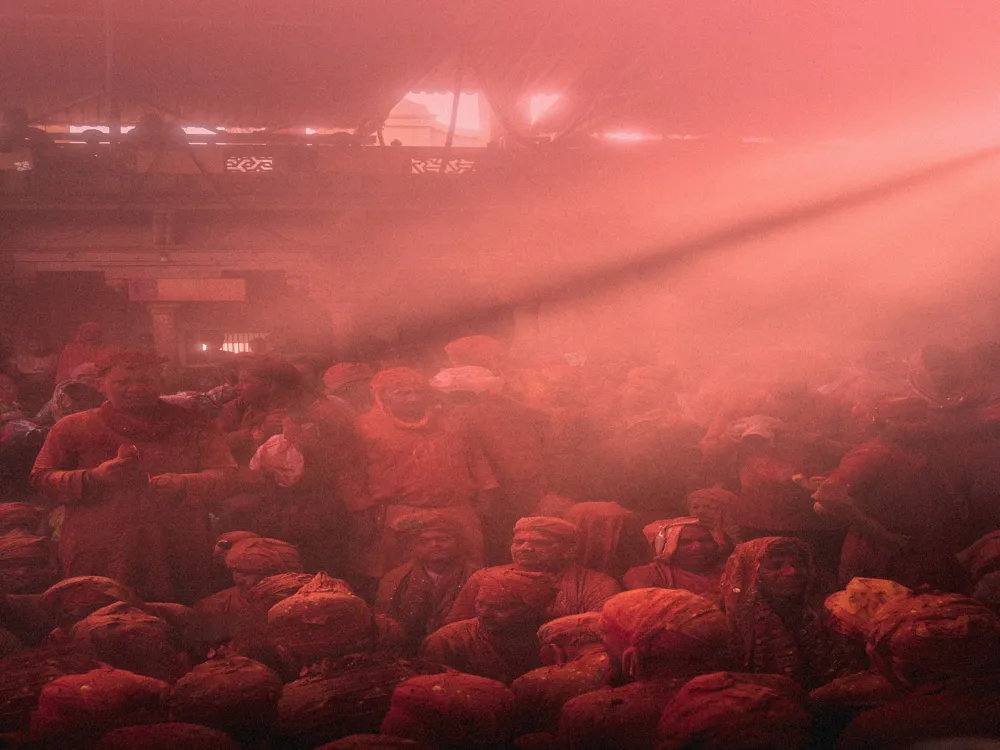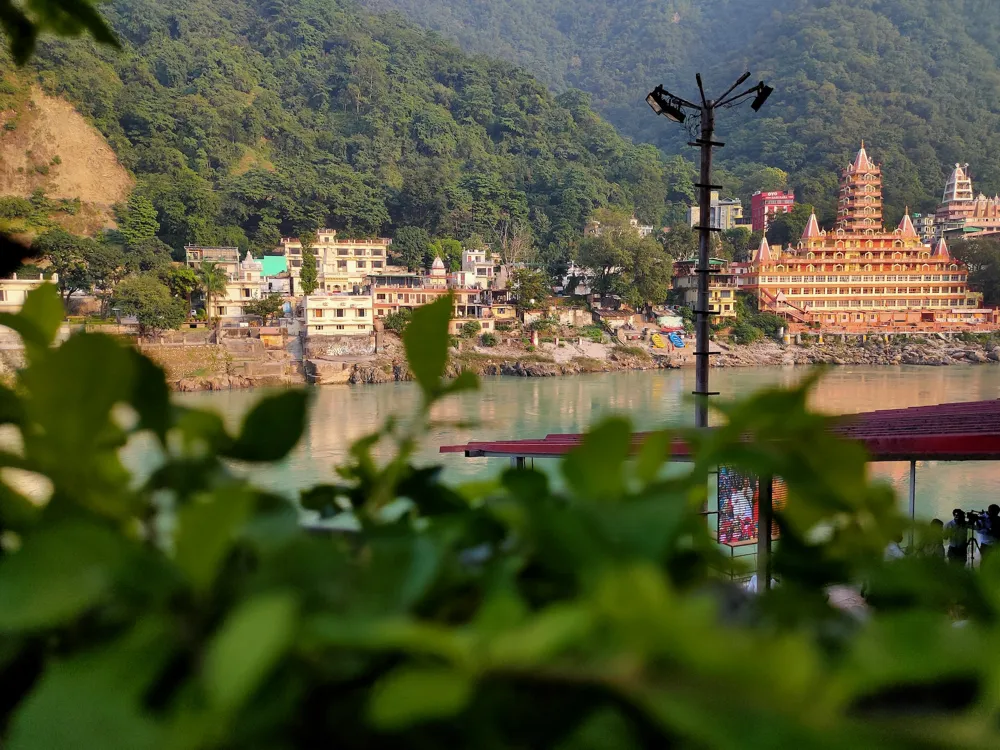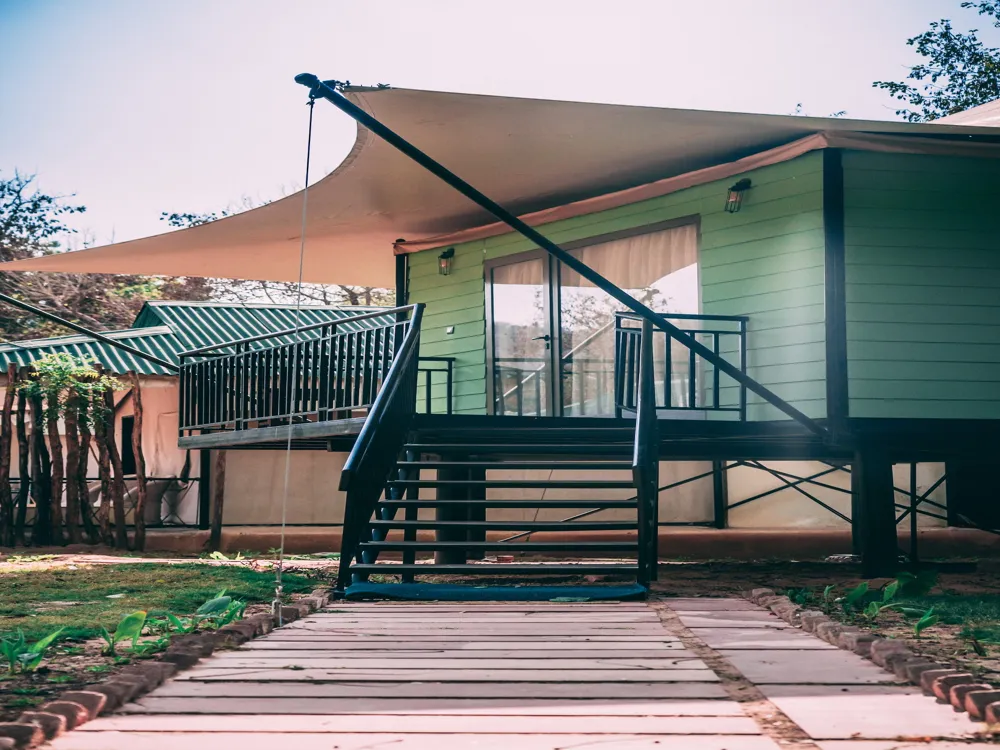Kusum Sarovar, a historical and spiritual gem, is nestled in the heart of Mathura, Uttar Pradesh. This sacred reservoir, stretching over 450 feet in length and 60 feet in depth, is more than just a body of water; it's a testament to a rich cultural and mythological legacy. Originating from the time-honored tales of Lord Krishna, Kusum Sarovar served as a gathering spot where Radha, along with Gopis, would collect flowers and engage in playful banter with Krishna. The serene and tranquil environment of this place still echoes the mythical stories and cultural significance that have been passed down through generations. Apart from its mythological importance, Kusum Sarovar is a marvel of architectural grandeur from the era of the Radha-Krishna legends. The ghats (steps leading to the water) are adorned with intricate carvings that depict scenes from the life of Krishna, making it a visually stunning site. The Sarovar is flanked by beautiful gardens, further enhancing its aesthetic appeal and providing visitors with a serene environment for relaxation and meditation. The evening aarti (prayer) at the Sarovar is a spiritually uplifting experience, drawing devotees and tourists alike. The surrounding area of Kusum Sarovar also holds significant historical importance. Several ancient temples and monuments, including the Govardhan Hill, are located nearby, each with its own unique story and architectural style. The local markets offer a glimpse into the vibrant culture of Mathura, with an array of traditional items and delicacies. Visiting Kusum Sarovar thus offers a holistic experience, combining spiritual rejuvenation, historical exploration, and cultural immersion. The architectural brilliance of Kusum Sarovar is a fine example of the fusion of Indian and Mughal styles that prevailed during the 18th century. The Sarovar is encased within a magnificent sandstone structure, characterized by its long flight of steps leading down to the water. These steps, known as ghats, are not just functional; they are adorned with intricate carvings and frescoes that narrate the tales of Lord Krishna's life, making every step an exploration of mythological stories. The cenotaphs, located at the northern end of the Sarovar, add to its architectural splendor. These three imposing structures, built in memory of Maharaja Suraj Mal and his family members, are examples of exquisite craftsmanship. The cenotaphs are adorned with detailed carvings, depicting scenes from Hindu mythology, and are topped with intricately designed chhatris (domed pavilions). The blend of Rajput and Mughal architectural styles in these cenotaphs creates a unique and visually stunning spectacle. The entire area of Kusum Sarovar is a testament to the architectural prowess of the bygone era. The harmonious blend of spirituality, art, and architecture makes it a site of immense historical and cultural significance. The meticulous attention to detail in the construction of the ghats, the cenotaphs, and the surrounding gardens showcases the skill and artistry of the craftsmen of that period. The preservation of these structures allows visitors to step back in time and experience the grandeur of India's rich architectural heritage. When visiting Kusum Sarovar, it's important to dress modestly out of respect for the cultural and spiritual significance of the site. Comfortable and conservative clothing is recommended, especially if you plan to enter any of the nearby temples. The best time to visit Kusum Sarovar is during the cooler months from October to March. The weather is pleasant, making it ideal for exploring the area and enjoying the serene atmosphere of the Sarovar. Photography enthusiasts will find plenty of picturesque scenes at Kusum Sarovar, especially during sunrise and sunset. The play of light on the water and the structures creates a magical ambiance. Do remember to check if photography is allowed in certain areas, especially inside temples. Hiring a local guide can greatly enhance your experience at Kusum Sarovar. They can provide insightful stories about the history and mythology of the place, making your visit more informative and engaging. The climate in Mathura can be quite warm, especially during the summer months. It's crucial to stay hydrated during your visit, so carry a bottle of water with you. Kusum Sarovar is easily accessible from various parts of India. The nearest major city is Delhi, which is about 145 kilometers away. Visitors can opt for different modes of transportation to reach Kusum Sarovar:Overview of Kusum Sarovar in Mathura, Uttar Pradesh
Architecture of Kusum Sarovar
Tips When Visiting Kusum Sarovar
Dress Appropriately
Best Time to Visit
Photography Tips
Local Guides
Stay Hydrated
How To Reach Kusum Sarovar
Mathura Tourism
Best Time to Visit Mathura
How to Reach Mathura
Things To Do Mathura
Kusum Sarovar
Mathura
Uttar Pradesh
₹ 8,999 onwards
View mathura Packages
Weather :
Tags : Lake
Timings : 7:00 AM - 6:00 PM
Entry Fee : No entry fee
Planning a Trip? Ask Your Question
Mathura Travel Packages
View All Packages For Mathura
Top Hotel Collections for Mathura

Private Pool

Luxury Hotels

5-Star Hotels

Pet Friendly
Top Hotels Near Mathura
Other Top Ranking Places In Mathura
View All Places To Visit In mathura
View mathura Packages
Weather :
Tags : Lake
Timings : 7:00 AM - 6:00 PM
Entry Fee : No entry fee
Planning a Trip? Ask Your Question
Mathura Travel Packages
View All Packages For Mathura
Top Hotel Collections for Mathura

Private Pool

Luxury Hotels

5-Star Hotels

Pet Friendly







